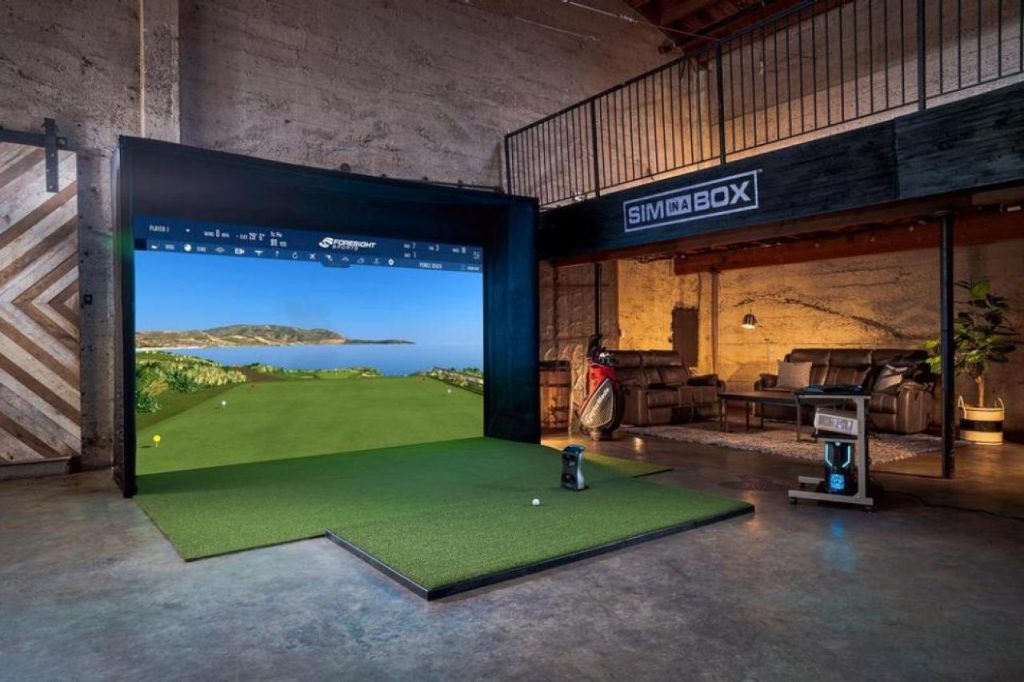In the ever-evolving landscape of online entertainment, the allure of cryptocurrency and the excitement of casino gaming have converged to create a new realm of exhilarating experiences – Bitcoin casinos. These digital platforms offer a unique blend of cutting-edge technology, thrilling games, and the potential for substantial rewards, all within the decentralized world of cryptocurrencies. Imagine stepping into a virtual realm where traditional barriers dissolve, and the possibilities seem endless. That is precisely the sensation you will encounter when you enter the realm of a Bitcoin casino. These platforms harness the power of blockchain technology to offer players unprecedented transparency, security, and anonymity, creating an environment where trust is inherent, and excitement knows no bounds. At the heart of any Bitcoin casino lies its vast array of games, designed to cater to every taste and preference. From classic casino staples like blackjack, roulette, and poker to innovative and immersive slots, there is something for everyone.

These games are powered by sophisticated algorithms and provably fair mechanisms, ensuring that every outcome is genuinely random and verifiable, instilling confidence in players and fostering a sense of fairness. But the magic of Bitcoin casinos extends beyond the games themselves. It is the seamless integration of cryptocurrency that truly sets them apart. Gone are the days of lengthy withdrawal processes and exorbitant fees. With Bitcoin casinos, transactions are swift, secure, and practically fee-free, thanks to the inherent efficiency of blockchain technology. Players can deposit and withdraw funds with ease, allowing them to focus on what truly matters – enjoying the thrill of the game. Moreover, the use of cryptocurrency offers unparalleled privacy and anonymity, allowing players to indulge in their favorite pastime without revealing sensitive personal information. This aspect not only enhances security but also empowers individuals to reclaim control over their data, a feature that resonates deeply in an era defined by digital privacy concerns.
Beyond the allure of monetary rewards, Bitcoin casinos also provide a gateway to community and camaraderie. Through chat features, forums, and social platforms, players can connect with like-minded individuals from around the globe, sharing tips, strategies, and, most importantly, the excitement of their wins. This sense of community transforms the solitary act of gaming into a shared experience, enriching the overall enjoyment and fostering lasting relationships. Of course, like any form of entertainment, responsible gaming practices are essential when exploring the world of Bitcoin casinos. While the thrill of the game can be intoxicating, it is crucial to approach gaming with a level head and set limits to ensure a positive and sustainable experience. Fortunately, many Bitcoin casinos offer robust tools and resources to promote responsible gaming, including self-exclusion options, deposit limits, and access to support services for those in need. In essence, Bitcoin casinos represent a convergence of innovation, entertainment, and opportunity, offering a gateway to a world where luck reigns supreme, and the possibilities are limitless. Whether you are a seasoned gambler or a curious newcomer, there is never been a better time to unleash your luck and experience the magic of online bch casinos fun.



 A lot of young aspiring yogis struggle to take their practice to the next level and when they are not performing at their best they are unlikely to land new clients, even the existing ones would reconsider their choice, if you are facing a similar situation then you should ask yourself whether you have got the right sort of training and whether the school you got it from, Marianne Wells yoga retreat is rated five star and so many different platforms which have been critical of them now rate them very highly.
A lot of young aspiring yogis struggle to take their practice to the next level and when they are not performing at their best they are unlikely to land new clients, even the existing ones would reconsider their choice, if you are facing a similar situation then you should ask yourself whether you have got the right sort of training and whether the school you got it from, Marianne Wells yoga retreat is rated five star and so many different platforms which have been critical of them now rate them very highly.

